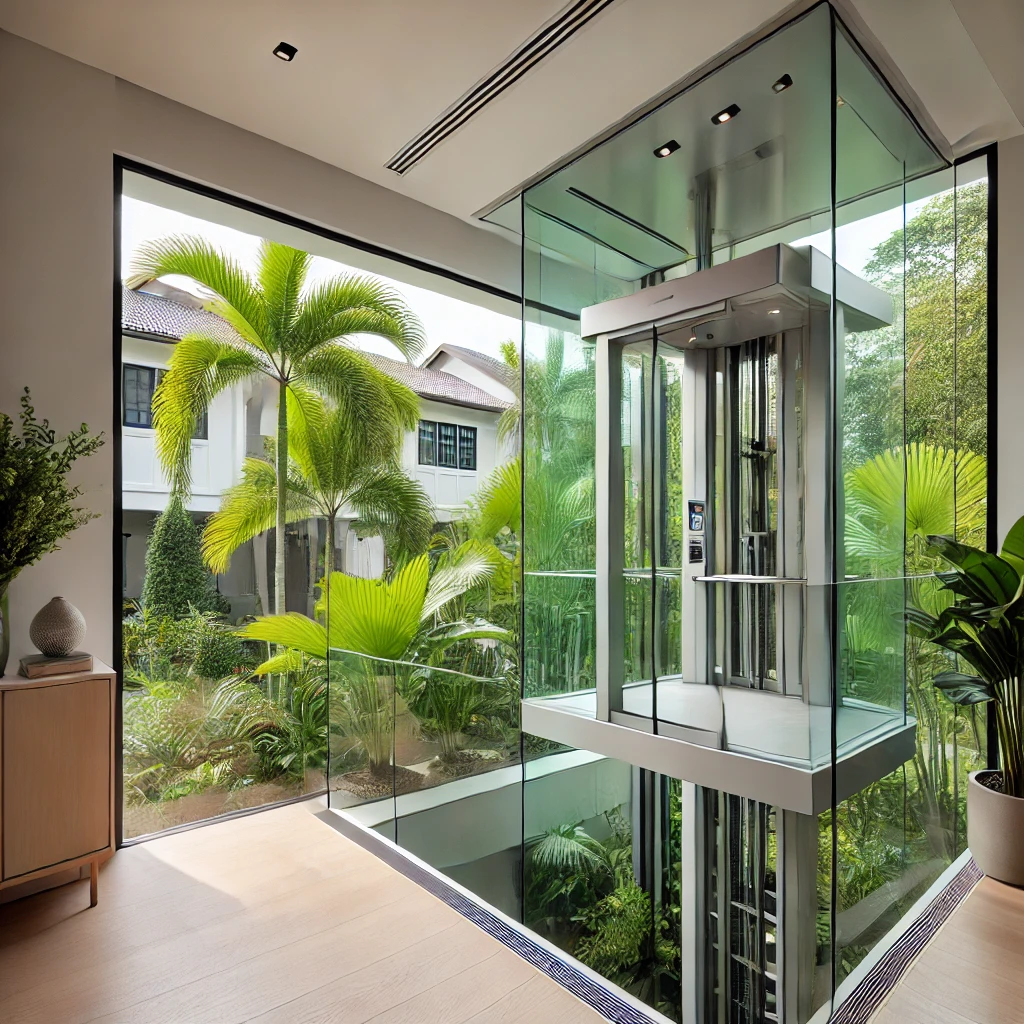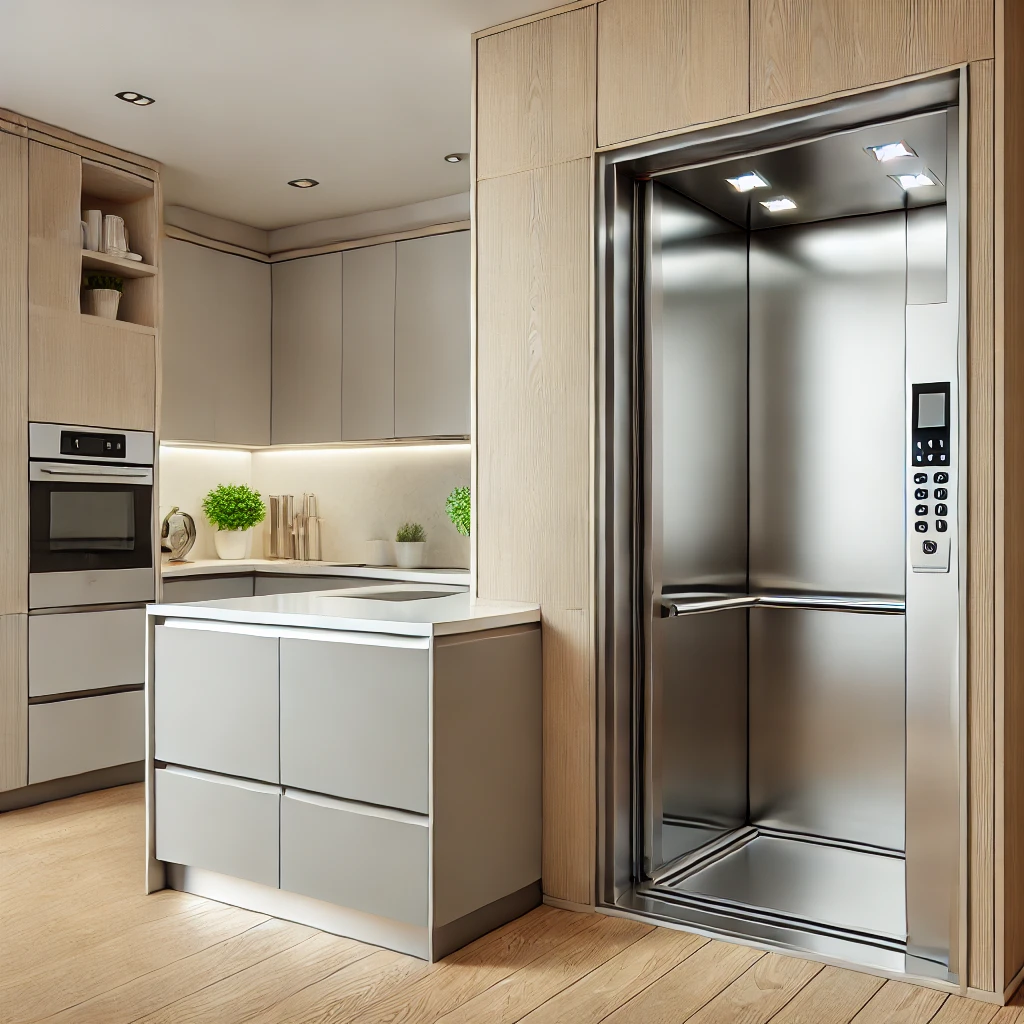In the realm of accessibility solutions, stairlifts have emerged as indispensable tools, providing individuals with mobility challenges the freedom to move between different levels of public buildings effortlessly. Among the various options available in the market, Vimec’s new stairlift model, the V6s, stands out for its advanced features, innovative design, and user-friendly functionality. This article delves into the unique attributes of the Vimec V6s stairlift, exploring how it enhances mobility, its key features, and the considerations for installation and maintenance.
Understanding the Vimec V6s Stairlift
The Vimec V6s is a state-of-the-art stairlift designed to offer a seamless and comfortable mobility solution for users. Crafted with the latest technology and engineering precision, it ensures safety, reliability, and ease of use. This model is particularly suited for both straight and curved staircases, making it a versatile choice for various public building layouts. Whether there is a narrow, winding staircase or a simple straight one, the V6s can be customised to fit perfectly, ensuring that every public building can benefit from its advanced features.
Key Features of the Vimec V6s
1. Advanced Safety Mechanisms
- Safety Sensors
The stairlift has built-in sensors that detect any obstacles on the staircase, automatically stopping the lift to prevent accidents. - Seat Belt
A sturdy seat belt ensures that users remain securely seated while the stairlift is in motion. - Emergency Stop Button
In case of any emergency, users can immediately stop the stairlift using the conveniently located emergency stop button.
2. Comfort and Convenience
- Ergonomic Seat
The seat is ergonomically designed to provide maximum comfort during the ride. It is padded and can be adjusted to fit the user’s body shape. - Swivel Seat
The seat swivels at the top and bottom of the stairs, allowing users to get on and off the stairlift safely and easily. - Foldable Design
The footrest, seat, and armrests can be folded up when the stairlift is not in use, ensuring that the staircase remains accessible for other users.
3. User-Friendly Controls
- Joystick Control
You will have access to a simple joystick control which allows you to operate the stairlift with ease, moving it up or down the stairs smoothly. - Remote Controls
The stairlift comes with remote controls, enabling users to call or send the lift to their preferred position.
4. Aesthetic Appeal
- Sleek Design
Its modern design blends seamlessly with various building interiors. Users can choose from different upholstery and colour options to match their interiors. - Compact Footprint
The stairlift has a compact design, taking up minimal space on the staircase, which is especially beneficial for narrow staircases.
Benefits of Installing the Vimec V6s Stairlift
1. Enhanced Mobility
- For individuals with mobility challenges, the Vimec V6s offers the freedom to move independently between different levels of public buildings. This enhanced mobility significantly improves their quality of life and allows them to maintain their independence.
2. Improved Safety
- The advanced safety features of the Vimec V6s ensure that users can navigate stairs without the risk of falls or injuries. This is particularly important for elderly users or those with disabilities who might be at higher risk of accidents.
3. Convenience and Ease of Use
- The user-friendly controls and ergonomic design of the Vimec V6s make it an ideal solution for individuals who require assistance in climbing stairs. The swivel seat and foldable components add to the convenience, making the stairlift easy to use and store.
4. Customisation Options
- The ability to customise the Vimec V6s to match the public building’s design ensures that it does not stand out as a medical device but rather blends in as a stylish addition to the environment.
Installation Considerations
1. Professional Assessment
- Before installing the Vimec V6s, it is essential to have a professional assessment of the staircase. This ensures that the stairlift is suitable for the specific layout and dimensions of the staircase.
2. Customised Installation
- The Vimec V6s can be customised to fit both straight and curved staircases. Professional installers will take precise measurements and customise the rail and other components to ensure a perfect fit.
3. Power Supply
- The stairlift requires a reliable power supply. It typically operates on rechargeable batteries that are charged at the top and bottom of the staircase. Ensuring that there is a suitable power source near the staircase is crucial for seamless operation.
4. Regular Maintenance
- To keep the Vimec V6s in optimal working condition, regular maintenance is necessary. This includes checking the battery, cleaning the rail, and ensuring that all safety features are functioning correctly. Most manufacturers and installers offer maintenance packages to handle these tasks.
Maintenance Tips
1. Routine Inspections
- Routine Inspections
Regularly inspect the stairlift for any signs of wear and tear. Check the seat, rail, and controls to ensure they are in good working condition.
2. Battery Maintenance
- Battery Maintenance
The batteries should be checked periodically and replaced when necessary. Keeping the stairlift charged ensures that it is always ready for use.
3. Cleaning
- Cleaning
Keep the rail and other components clean and free from dust and debris. This helps in maintaining smooth operation and prolongs the lifespan of the stairlift.
4. Professional Servicing
- Professional Servicing
Schedule professional servicing quarterly or in line with regulatory requirements. A trained technician can identify and fix any potential issues, ensuring the stairlift remains safe and reliable.
The Vimec V6s stairlift represents a significant advancement in mobility solutions for public buildings. With its advanced safety features, user-friendly design, and customisable options, it offers an ideal solution for individuals looking to enhance their independence and safety in public spaces. Proper installation and regular maintenance are crucial to ensuring the stairlift’s optimal performance and longevity. By choosing the Vimec V6s, public buildings can provide a reliable, stylish, and practical mobility solution that seamlessly integrates into their environment.



